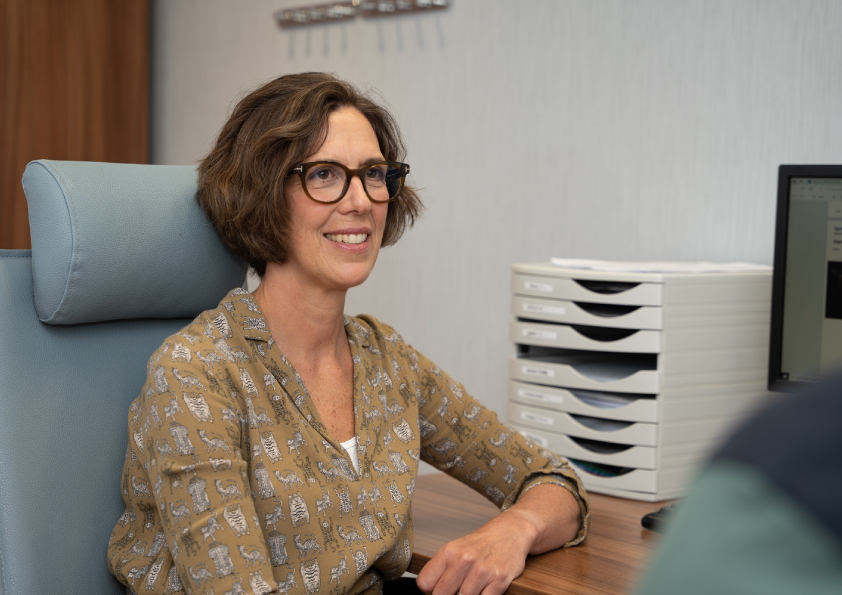WHAT IS A FLEXIBLE SIGMOIDOSCOPY?
A flexible sigmoidoscopy is a test that allows Ms Burt to look inside the rectum and lower part of your bowel using a narrow, flexible, tube-like telescope called a sigmoidoscope. This is carefully inserted into your back passage.
The test can help find out what is causing symptoms such as changes in bowel habit or rectal pain. It is also used to check for inflammation, early signs of cancer and polyps. During the procedure, your doctor may take one or more biopsies (samples of tissue) for examination in a laboratory.
If necessary, it’s possible to remove polyps and treat haemorrhoids during the procedure. Flexible sigmoidoscopy is routinely done as an out-patient procedure. Your doctor will explain the benefits and risks of having a sigmoidoscopy, and will discuss alternatives to the procedure. Depending on your symptoms, alternatives may include colonoscopy, virtual colonoscopy, and barium enema.
WHAT HAPPENS DURING A FLEXIBLE SIGMOIDOSCOPY?
For your doctor to see clearly, the bowel needs to be completely empty. To help clear it out you will be asked to:
• eat a light meal the day before and drink plenty of clear fluids
• take a strong laxative or an enema that is designed to empty your bowel – you will be given instructions on how and when to take this
The procedure usually takes 10 to 15 minutes. It will feel uncomfortable, but shouldn’t be painful. Whilst you are resting on your side, your doctor will gently examine your back passage with a gloved finger before carefully inserting the sigmoidoscope. Lubricating jelly will be used to make this as easy as possible.
Air is then usually pumped through the tube into the lower bowel to make it expand and the bowel wall easier to see. This may cause stomach cramps and you may get an urge to go to the toilet or pass wind.
A camera lens at the end of the sigmoidoscope sends pictures from the inside of your bowel to a TV screen. Your doctor will look at these images. During the procedure, you may be asked to change your position, for example, turning from your side onto your back. This helps your doctor to examine different areas of the bowel more easily.
If necessary, your doctor will take a biopsy and/or remove polyps. This is done using special instruments passed inside the sigmoidoscope.
Afterwards, you may feel bloated and have stomach cramps, but these usually clear up quickly. You may also have a little blood in your faeces.
WHAT ARE THE RISKS OF A FLEXIBLE SIGMOIDOSCOPY?
Flexible sigmoidoscopy is a commonly performed and generally safe procedure. For most people, the benefits in terms of having a clear diagnosis are much greater than any disadvantages. However, all medical procedures carry an element of risk.
Specific complications to sigmoidoscopy are uncommon, but it’s possible to damage or, in very rare cases, perforate the lower bowel or rectum during the procedure. This can lead to bleeding and infection, which may require further surgery or treatment with medicines.
Ms Burt is extremely experienced at performing the procedure, but even so, occasionally a sigmoidoscopy is not successfully completed and may need to be repeated.
You should ask Ms Burt to explain how any risks apply to you. The exact risks will differ for every person which is one of the reasons why we have not included any statistics here.








